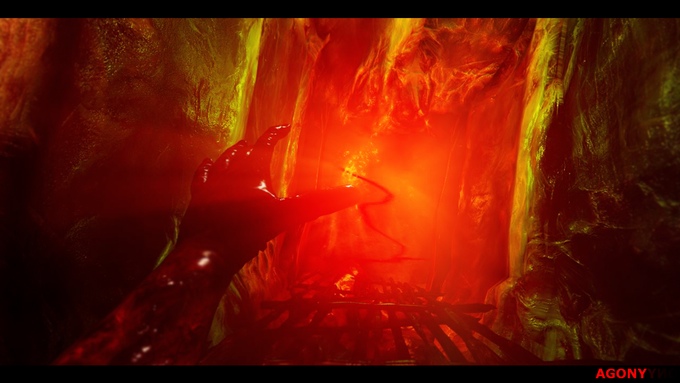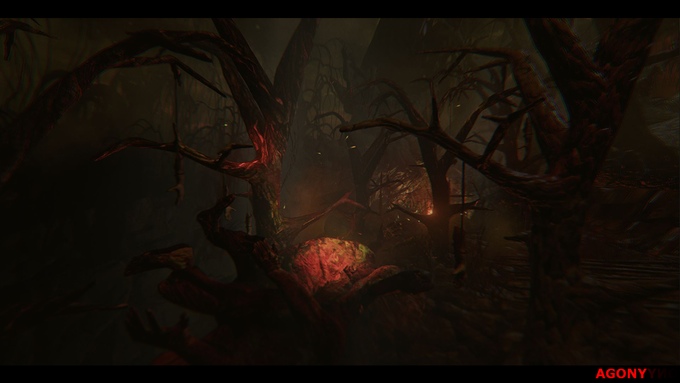The biggest issue is the simplest: There is not enough information about Sacred Agony shared on the campaign page. We know that the game takes place in Hell and that the player is able to possess demons as well as humans. We’re also shown some gloriously disturbing screenshots from the game running in Unreal Engine 4. Heck, although we only see one demon, it looks pretty darn awesome. But that’s about all we know. This Kickstarter provides enough information to not be quantified as a “low information” campaign (as there are more than two screenshots and two paragraphs worth of text) but that still isn’t enough to convey why a game is any good.
If you don’t really know what a title’s gameplay is going to be like, would you back it? In some occasions, a strong story or pitch is powerful enough to override a need for other information. That’s not the case with Sacred Agony. Gameplay videos show that you can possess things and run around in a cool landscape — but to what end? Apparently you collect memories to eventually escape from Hell, but again, that’s a very minimal amount of information to base a campaign on. When you factor in that they’re asking over $600,000 for it, that makes the lack of info an even harder pill to swallow.
Note that I am not at all saying Sacred Agony would not require this amount of money to be developed. Given four levels of intensely detailed 3D Hellscapes, and a team of at least a handful of people, that sort of money would definitely get sapped up during development. It’s just that we, the potential backers, have very little to base our pledges on. Is this a survival horror game where something else will be chasing you throughout? Do you need to forage and craft things (taking “survival” as its other genre connotation)? What controls when and why you’ll switch between different creatures? Without any basic understanding of the world, well, folks will just click away from the Kickstarter.
Finally, there’s some issues with the administrative aspects of the campaign. For example, the first tier that offers an actual copy of Sacred Agony costs approximately $39. That is not unheard of in the realm of crowdfunding, but it is pretty rare. On average, campaigns tend to place their digital game rewards somewhere around the $5 and $20 tiers. By pricing a copy of the game out of this range you’re cutting off many potential backers immediately. Then there’s the whole matter of a “tentative” commitment to release on PC, PS4, and Xbox One. I don’t at all like when campaigns offhandedly suggest console release without a need of stretch goals because it makes me feel that they aren’t certain of what that actually entails. The process is much more rigid than, say, releasing on the App Store or Google Play Store.
The point of all this is not to make fun of Sacred Agony and campaigns like it but to showcase a campaign that could have done well but made too many mistakes when crafting their Kickstarter. What do you think of the campaign? Do you agree or disagree with this assessment? Would you like us to cover another campaign to see why it is failing? Feel free to suggest one in the comments!







